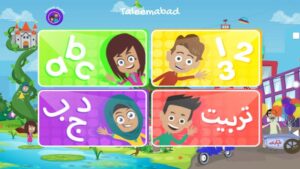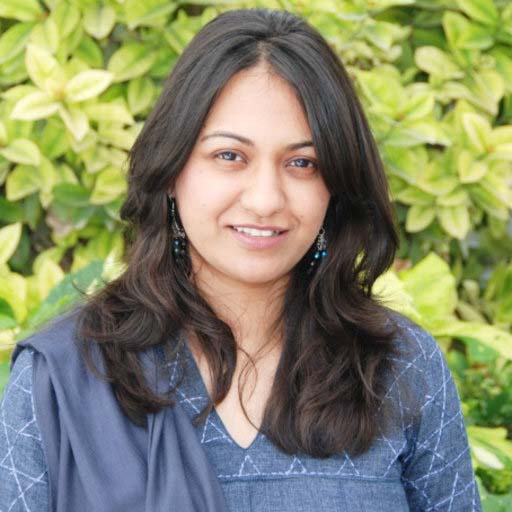The onset of Covid-19 presented educational systems across the globe with a uniquely configured systemic chaos. Institutions had to close down, students and educators stood clueless about national testing, and border restrictions in many countries affected the movement of international students and faculty. In response, we saw educators and policy makers apprehensively inching towards adapting policy measures to meet the learning needs of a generation affected by this unprecedented situation. Undoubtedly, educational systems and institutions were faced with a predicament where policy was pertinent, yet contentious.
Reports from the World Bank, UNESCO, and Center for Economic Research in Pakistan (CERP) indicate Pakistan as amongst the first countries in the world to institutionalise school closures across the country. With over 300,000 schools closed since March 2020, there have been emergent challenges involving remote instruction, learning loss, a wide digital divide, accountability of assessment processes, and student attrition and attendance. These persisted as educational institutions graduated from remote instruction to hybrid learning, using the alternate-day model with the intent to initiate staggered re-opening of schools and universities by the end of September 2021.
In order to understand the Pakistani educational system’s response during the Covid-19 pandemic, I reflected on my professional experiences within the massive US public education system that had enabled me to garner what I like to call ‘educational tenacity’ – leveraging on the term ‘academic tenacity’ that I had first encountered in a report by the Bill and Melinda Gates Foundation (2014). Conceptually, while academic tenacity functions at the individual level, educational tenacity is enabled by collective efforts towards agile solutions in response to emerging challenges. In tenor, this may stand similar to UN-based frameworks focused on ‘education in emergencies,’ the stronghold of which is an investment in systemic resilience.
Aspiring for systemic resilience is a distant wish for Pakistan – a country that scores 75 percent on learning poverty in the books of the World Bank and UNESCO. According to the World Bank (2021), learning poverty is a combined measure of schooling and learning that serves as an early-warning indicator for regressing human capital. It is important to note that the average learning poverty rate for low -and middle income countries stands at 52 percent. Since the World Bank introduced the term during the Covid-19 pandemic to spotlight the learning crisis in struggling economies, it is a critical factor for the forewarning that Pakistan will be grappling with a higher rate of learning poverty (up to 79 percent) as a result of school closures during the pandemic. This figure should not come as a surprise for a country where 22.8 million (out of 70 million) school-aged children are out of school with a projection of over 50 million school and university students at the risk of falling behind due to learning loss during the pandemic.
Despite the criticism and daunting prospects, it is heartening to see a bearing of ‘educational tenacity’ in a few of the educational initiatives taken by the government of Pakistan during the Covid-19 pandemic, in partnership with the private sector enterprises.

Teleschool: This project was initiated by the government of Pakistan through a combined grant from the World Bank ($5 million) and Global Partnership in Education ($20 million). For this, Pakistan Television partnered with four Pakistani Ed-tech companies to broadcast free learning content for grades 1-12 to reach approximately 54 million Pakistani children who have access to a television. The collective of four companies included SABAQ, Knowledge Platform, Orenda Project, and Sabaq Foundation. Teleschool was launched in April 2020 to offset the low smartphone penetration of 51 percent (2020) that meant only one million school-age children in Pakistan have regular access to digital devices and bandwidth. Though the initiative was the only no-cost initiative for public sector students, it was criticised for its lack of interaction and its inability to integrate assessments. Based on feedback, in late May 2020, Teleschool added a text messaging option for parents and students to interact with teachers where they claim 250,000 subscribers. Moving forward, the plan includes a ‘student relief package’ that could help students avail low-cost internet packages and smartphones.
Knowledge Platform Pakistan: This is a major pilot project run by the government of Pakistan in partnership with a telecommunications network, Jazz and an Ed-tech company, Knowledge Platform. The project caters to 75 high schools in Islamabad and claims to have improved students’ matriculation scores by 30 percent (BBC Worklife, 2020). The project aspires to test digital solutions in Pakistan’s nearly 200,000 public sector schools. However, there have been challenges in scaling up the initiative.
Taleemabad App: Taleemabad app is a public-private initiative that uses cartoons and games to teach the national curriculum to primary school children. It is reported that Taleemabad app has seen a 660 percent rise in the rate of subscriptions. However, this app requires a fee-based subscription for children to get complete access and the content is rated as simplistic by some parents and educators.
These initiatives exemplify the World Bank’s thrust for low- and middle income countries for attaining the SDGs (Sustainable Development Goals) of educational access and quality through public-private partnership. They represent systemic resilience through collective, systemic efforts to design indigenous solutions. Despite misgivings and being limited in scale and scope, these exemplars promise a means for us to aspire for educational tenacity in times that are unpredictable and in constant flux, similar to what we have experienced in the past two years of the pandemic.

The writer is Associate Professor and Director, Centre for Teaching Excellence and Learning Innovation, Iqra University.

